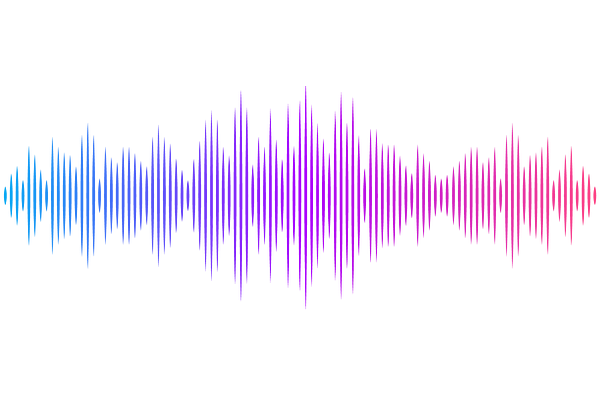Mapping functional, structural, and transcriptomic correlates of homotopic connectivity

Mapping functional, structural, and transcriptomic correlates of homotopic connectivity
Bryant, A. G.; Shine, J. M.; Fulcher, B. D.
AbstractHomotopic functional connectivity (HoFC)--the synchronous activity between homologous regions of the left and right hemispheres--is a hallmark of inter-hemispheric brain architecture, yet its biological underpinnings remain incompletely understood. Here, we characterize spatial variation in resting-state HoFC and its relation to dominant natural axes of anatomical, functional, and transcriptomic organization across the human cerebral cortex. We show that the regional distribution of HoFC, from the lowest in association areas (especially limbic) to the highest in primary sensorimotor regions, is preserved across neuropsychiatric disorders in a separate neuroimaging cohort (including schizophrenia, bipolar I disorder, and attention-deficit hyperactivity disorder) despite disease-associated perturbations in magnitude. Regional variation in HoFC is not fully explained by properties of physical embedding or vascular innervation in the brain, suggesting involvement of alternative physiological processes. Furthermore, we find that regions with stronger HoFC are more functionally connected within and across hemispheres at rest, suggesting that homotopic functional coupling is positively associated with brain-wide functional synchrony. Our results collectively suggest that HoFC is inherently aligned with a fundamental natural axis of macroscopic cortical organization and shared global signal--advancing our understanding of the biological correlates of cortical homotopy and suggesting potential mechanisms to investigate in the future.